So you wanna’ be a freelancer?
Being a freelancer is demanding and time-intensive, but it’s also rewarding and stimulating. A lot of people go into freelancing without fully understand what it takes to start a freelance business.
I’ve been freelancing since my college days. I often take small gigs that I work during the weekends and late evenings. I love freelancing because it gives me more autonomy over my budget and allows me to sharpen my technical skills.
My friends often ask me how to start a freelance business so I thought I’d share some tips:
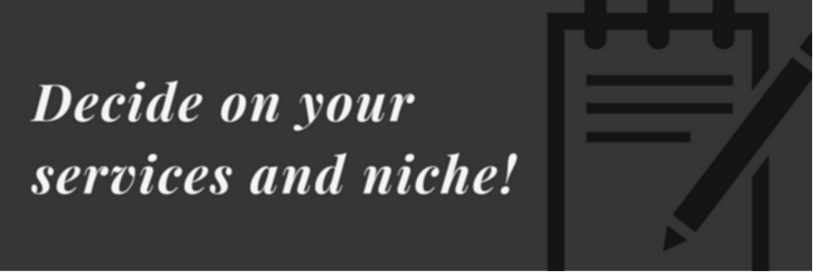
What are you good at? What do you like doing? I always recommend freelancing a service that you love. After all, if you’re going to spend all your time on it then it’s better to make sure you enjoy what you’re offering.
Here are a few examples of services you could freelance:
- Graphic design
- Writing
- Editing
- Social media
- Administrative tasks
- Photography
- Public relations
- Videography

Now that you know what you offer, you want to build a portfolio. When I first started freelance writing, I didn’t have one sample! In order to build up my portfolio, I took on whatever writing work I could find. I wrote for college blogs and websites; and each time I got an article published, I’d make the article a PDF and then upload it to my portfolio.
I always get the question “Do I need a website?” If you’re serious about growing your freelance business, then yes.
I remember attending a women’s business conference early on in my freelance career. I walked up to an entrepreneur and pitched her my freelance social media services.
“Do you have a website?” she asked.
“No,” I told her.
“Well, you should get one!” she said.
Ouch.
I didn’t get the deal with her, but that brief exchange always stuck with me. Your website is digital proof that you can do what you say you can. (It’s also a great place to share your pricing.)
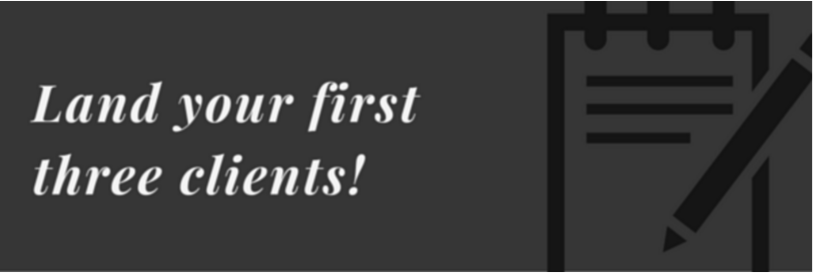
Yes, I wrote three – not one.
You know you’re onto something when you land your first three clients. Landing your first client doesn’t have to be as complicated as it seems.
Again, if you don’t have any samples, I recommend doing one for free or low cost. This is the first and last time you’ll ever hear me recommend doing free work. When you’re just starting out, your first goal is to build your portfolio and a name for yourself within your industry.
Use LinkedIn to see who is looking for freelancers or to search for people you’d like to freelance for. At this point in my freelance career, I have clients who reach out to me for help via LinkedIn.
Other ways to find clients:
- Craigslists Ads
- Twitter Advanced Search function (search #jobs or #freelance)
- ProBlogger Job Board
- Freelance Writing Gigs
- Referrals from friends, family, and business contacts
If you really put your mind to it, you can have your first client within a week.

Don’t do any freelance work without setting up a formal contract. Make sure you include the details of the work you’re doing and payment terms. This way, if issues arise, you can respectfully refer to what was agreed upon in the contract.
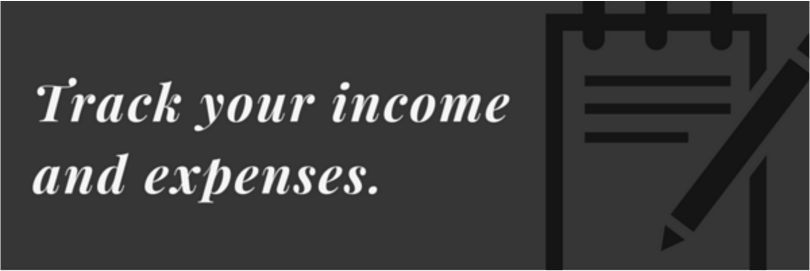
One of the challenging parts about operating your own freelance business is that you must track your own income. I recommend using a program like Freshbooks to invoice your clients. Then, you can use a simple Excel sheet to track expenses and collected income.
Don’t forget you’ll have to pay taxes on your freelance income! For more on that, check out the freelancers union blog on taxes.
Your turn! What tips and tricks do you have for setting up your first freelance business?
Maryann Akinboyewa is an Alpha Babe in the making. She’s passionate about helping women succeed in work, life, and business.

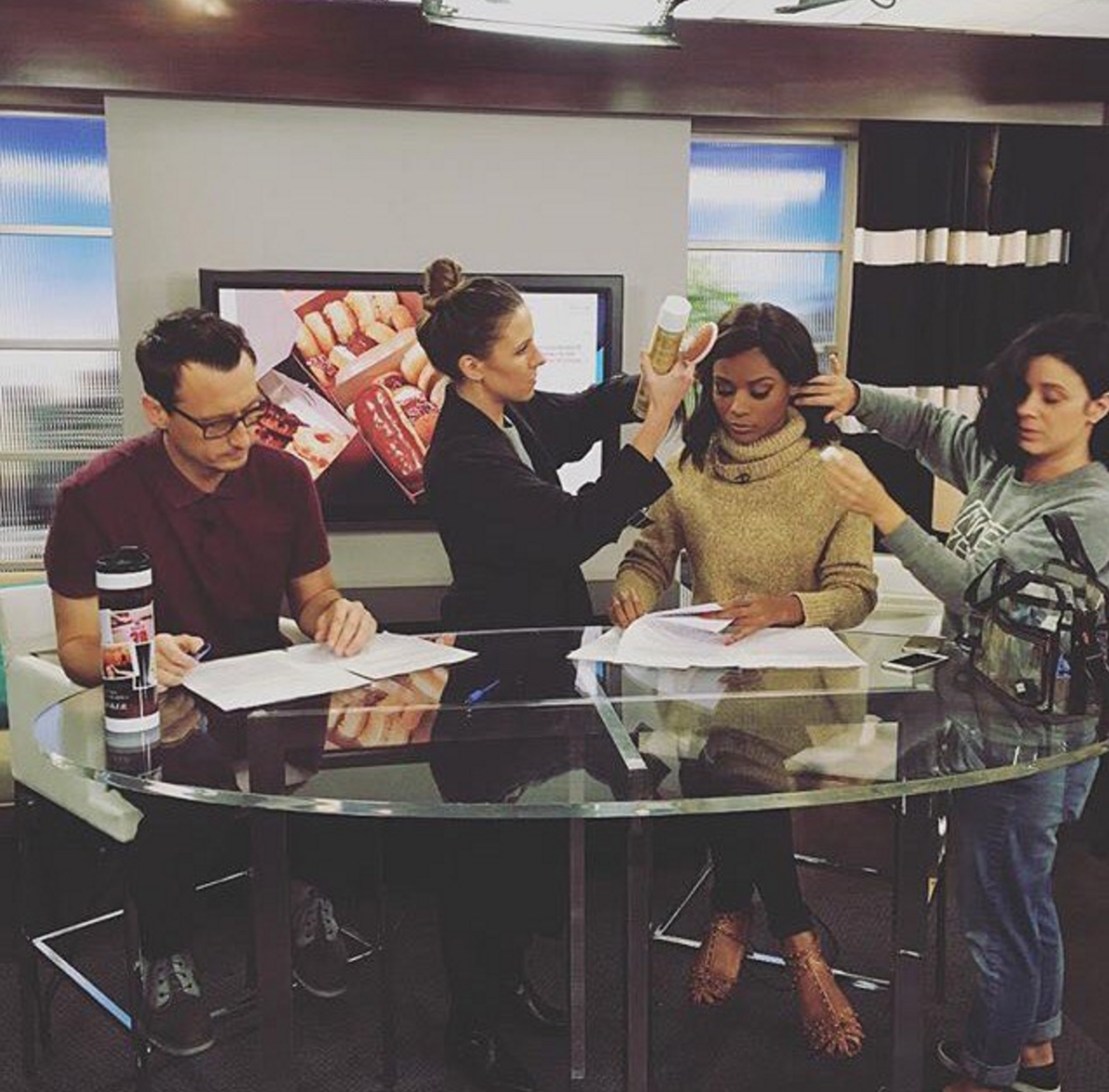

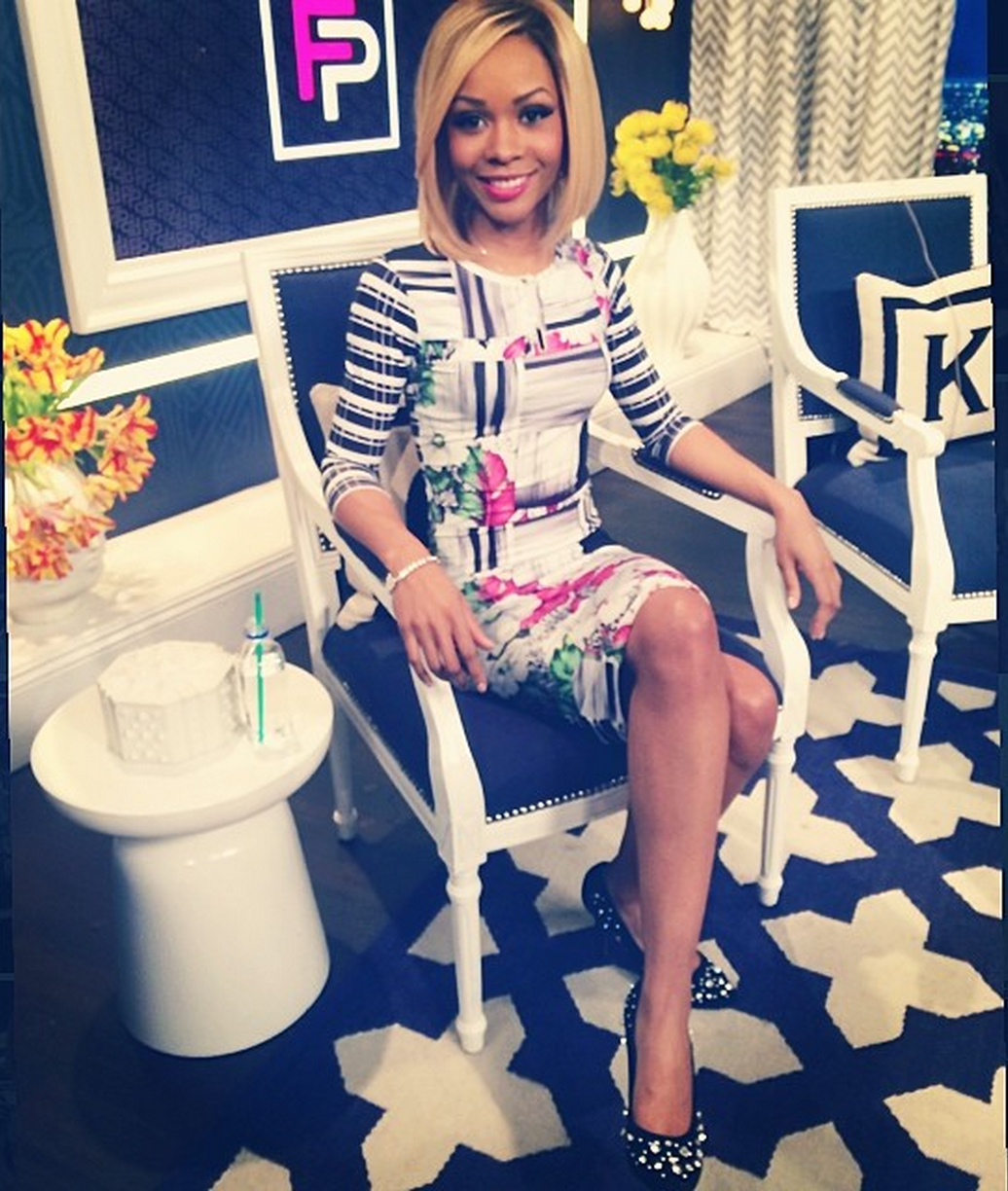
The comments +